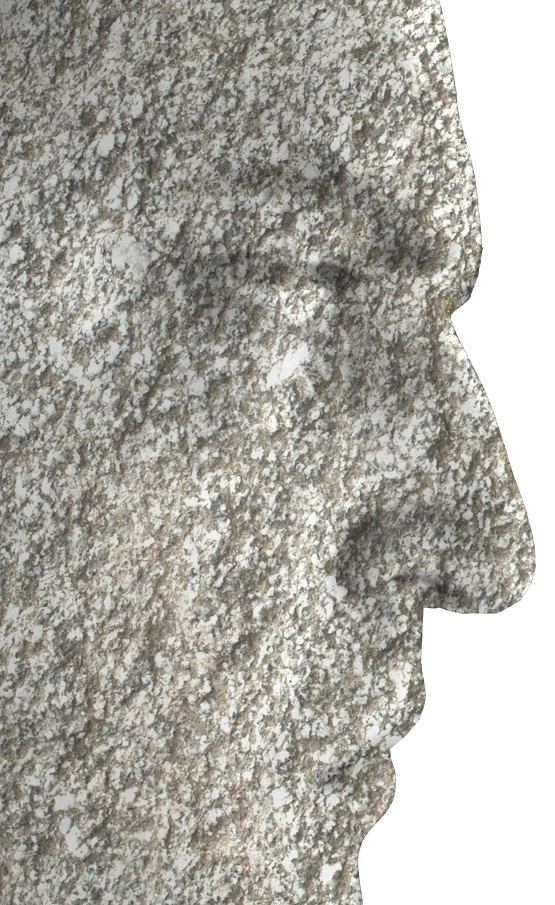 | ||
A Tomb of the Unknown Soldier refers to a monument in dedication to the services of an unknown soldier and to the common memories of all soldiers killed in any war. Such tombs can be found in many nations and are usually high-profile national monuments. Throughout history, many soldiers have died in war with their remains being unidentified. Following World War I, a movement arose to commemorate these soldiers with a single tomb, containing the body of one such unidentified soldier.
Contents
Britain and France
During the First World War, the British and French armies who were allies during the war jointly decided to bury soldiers themselves. In Britain, under the Imperial War Graves Commission (now Commonwealth War Graves Commission), the Reverend David Railton had seen a grave marked by a rough cross while serving in the British Army as a chaplain on the Western Front, which bore the pencil-written legend "An Unknown British Soldier". He suggested (together with the French in their own country) the creation at a national level of a symbolic funeral and burial of an "Unknown Warrior", proposing that the grave should in Britain include a national monument in the form of what is usually, but not in this particular case, a headstone. The idea received the support of the Dean of Westminster, Prime Minister David Lloyd George, and later from King George V, responding to a wave of public support. At the same time, there was a similar undertaking in France, where the idea was debated and agreed upon in Parliament.
Britain and France conducted services connected with their 'monumental' graves (as presumably newly conceived, and in any case approved, by their respective armies) on Armistice Day 1920 (the burial itself taking place later in January of the following year in France). In Britain, the Tomb of the Unknown Warrior was created at Westminster Abbey, while in France La tombe du soldat inconnu was placed in the Arc de Triomphe.
Other countries
The idea of a symbolic Tomb of the Unknown Soldier then spread to other countries. In 1921, the Tomb of the Unknowns (United States), Tomb of the Unknown Soldier (Portugal) and Monument to Vittorio Emanuele—Unknown Soldier (Italy) were all unveiled. Other nations have followed the practice and created their own tombs.
In the United States and other countries, tombs have also been created representing the fallen of other wars in their history. In Chile and Ukraine, second 'unknown tombs' were unveiled to commemorate The Unknown Sailor.
Symbolism
The Tombs of the Unknown Soldiers typically contain the remains of a dead soldier who is unidentified (or "known but to God" as the stone is sometimes inscribed). These remains are considered impossible to be identified, and so serve as a symbol for all of a country's unknown dead wherever they fell in the war being remembered. The anonymity of the entombed soldier is the key symbolism of the monument; it could be the tomb of anyone who fell in service of the nation, and therefore serves as a monument symbolizing all of the sacrifices.
Examples
Tombs of the Unknown Soldier from around the world and various wars include:
